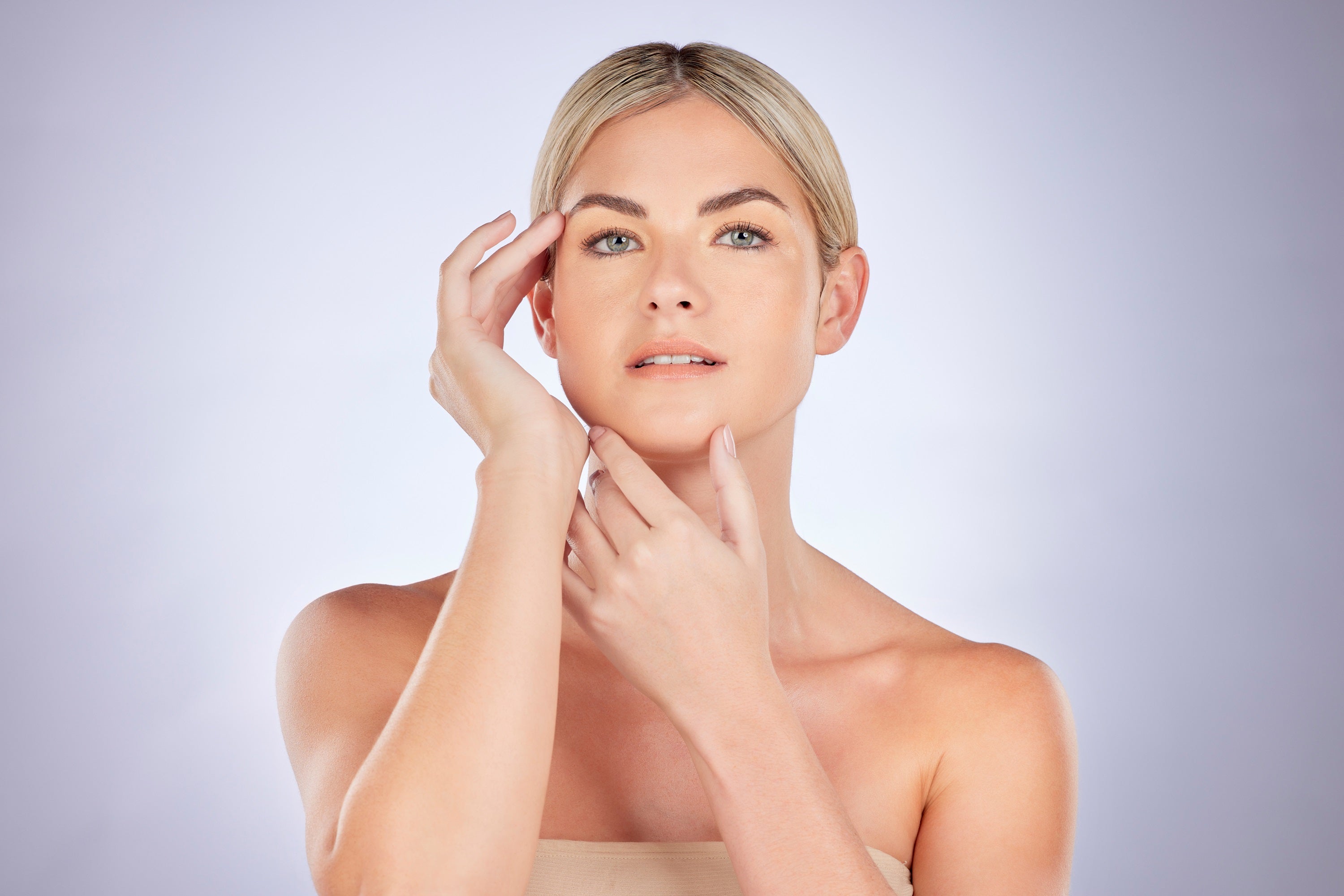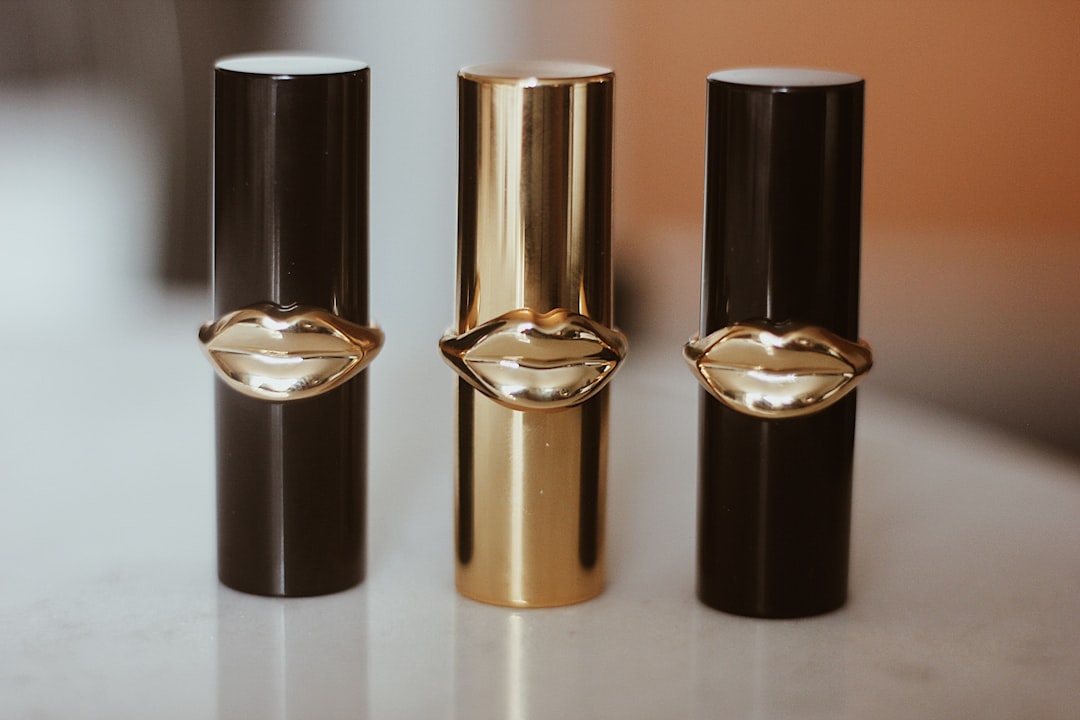Unlock the Secret: Understanding Your Skin Type for Flawless Skin

When it comes to skincare, one size does not fit all. The foundation of an effective skin care routine starts with understanding your skin type. Knowing your specific skin needs can help you choose the right products and treatments, from at-home chemical peels to anti-aging moisturizers. In this guide, we will dive deep into the different skin types, how to identify yours, and how to tailor your skincare routine for maximum efficacy and results.
Why Knowing Your Skin Type Matters
Many people overlook the importance of recognizing their skin type, leading to ineffective skincare practices. Using the wrong products can potentially worsen skin conditions and affect overall skin health. By understanding your skin type, you’ll be empowered to make informed choices that best suit your skin’s unique characteristics. This knowledge enables you to:
- Choose the right ingredients for your skin’s needs.
- Implement treatments effective for your skin type, including anti-wrinkles and skin tightening solutions.
- Avoid products that could counteract your skin’s balance.
- Enhance the effectiveness of your skin care routine.
Identifying Your Skin Type
Your skin type can generally be classified into five categories: normal, oily, dry, combination, and sensitive. Here’s how to identify which category you belong to.
1. Normal Skin
Normal skin is characterized by a balanced moisture level. It isn’t too dry or too oily, making it the ideal skin type. Signs of normal skin include:
- Minimal breakouts or dry patches.
- Smooth texture.
- Even tone without significant sensitivity.
2. Oily Skin
If your skin appears shiny, feels greasy, or is prone to breakouts, you may have oily skin. This skin type produces excess sebum, which can clog pores and lead to acne. Signs of oily skin include:
- Shiny appearance, especially in the T-zone (forehead, nose, chin).
- Frequent breakouts and enlarged pores.
- Blackheads and acne.
3. Dry Skin
Dry skin can feel tight, rough, or even flaky. This skin type lacks moisture and may show signs of aging earlier. Symptoms of dry skin include:
- Scaly patches and itching.
- Redness and irritation.
- Fine lines prompted by dryness.
4. Combination Skin
Combination skin is a hybrid of oily and dry skin, with different areas demonstrating various traits. Typically, the T-zone is oily while the cheeks and other areas remain dry. Attributes of combination skin include:
- Oily areas, especially on and around the nose.
- Dry patches or flakiness on the cheeks.
- Sensitivity due to fluctuating conditions.
5. Sensitive Skin
Sensitive skin is often reactive and can easily become irritated, leading to redness, itching, or burning. You may have sensitive skin if you notice:
- Reactions to certain products, particularly with fragrances or alcohol.
- Frequent redness or enhanced sensitivity to temperature changes.
The Role of Your Skin Care Routine
Now that you understand your skin type, the next step is to develop a skin care routine that fits your needs. Not only does your skin type dictate what products to use but also how to incorporate them into your routine.
Cleansing
The foundation of any good skin care routine is cleansing. It is essential to remove makeup, dirt, and impurities from your skin. Choose a gentle cleanser that will not strip your skin of its natural oils. For example, gel-based cleansers tend to work well for oily skin, while cream cleansers are often best for dry skin types.
Toning
Toners can help to balance your skin's pH levels and hydrate the skin without adding excess oil. Those with oily skin might opt for an astringent toner to help control breakouts, while dry skin types should look for hydrating toners.
Moisturizing
Every skin type, whether oily, dry, or sensitive, requires moisturizing. The key is to choose a moisturizer that fits your skin type:
- Oily skin: lightweight, oil-free formulas.
- Dry skin: richer creams that provide ample hydration.
- Combination skin: a gel-cream hybrid that hydrates without overloading.
Exfoliation
Exfoliation is essential for every skin type but should be approached with care. Over-exfoliating can lead to irritation and damage. For those looking for an effective at-home treatment, consider using an at-home chemical peel designed for your skin type. This can help remove dead skin cells and reveal a brighter, smoother complexion.
Sun Protection
Lastly, never skip the sunscreen. Broad-spectrum protection is crucial to prevent premature aging and skin cancer. Opt for a product that suits your skin type. Lightweight formulas with higher SPF are ideal for oily skin, while creamier sunscreens lend better moisture for dry types.
Maximizing Your Anti-Aging Efforts
As we age, our skin undergoes various changes. Fine lines and wrinkles become more noticeable, and skin elasticity decreases. Incorporating anti-aging treatments into your skincare routine can significantly improve skin texture and appearance. Look for ingredients that enhance skin tightening, such as:
- Retinoids that improve skin cell turnover.
- Peptides that support collagen production.
- Antioxidants like vitamins C and E that fight free radical damage.
The Final Piece of the Puzzle
Armed with knowledge about your skin type and an ideal skin care routine, you’re well on your way to achieving that radiant complexion you’ve always wanted. Taking the time to understand what your skin truly needs is essential for long-term benefits. Remember, consistency is key! By nurturing your skin with the right products and practices, you can enjoy the youthful, glowing skin you deserve.


